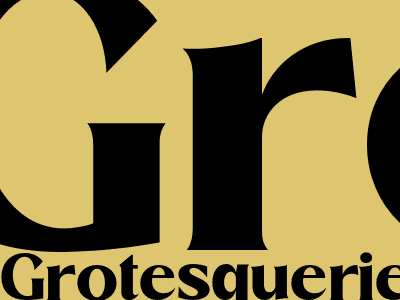
Grotesquerie Cast: The Art of the Monstrous and Macabre
Introduction
Grotesque art has captivated audiences for centuries, evoking a strange blend of fascination and revulsion. From the gargoyles perched atop medieval cathedrals to the surrealist paintings of Salvador Dalí, grotesque imagery has challenged our perceptions of beauty and normality, inviting us to explore the darker recesses of our imagination.
Historical Roots
The grotesque emerged in ancient Greek and Roman art, often depicted in the form of monstrous hybrids and exaggerated facial expressions. These grotesque figures were associated with the underworld and chaos, representing the forces that threatened the established order.
During the Middle Ages, grotesque imagery became commonplace in religious art, serving as a reminder of the fragility of life and the constant presence of death. Gargoyles and other grotesque creatures adorned churches, warning against the dangers of sin and heresy.
The Renaissance and Baroque Periods
The Renaissance and Baroque periods witnessed a revival of interest in grotesque art. Artists such as Michelangelo and Bosch incorporated grotesque elements into their paintings and sculptures, creating works that were both beautiful and disturbing.
The grotesque flourished during the Baroque period, particularly in the works of artists like Bernini and Caravaggio. Their grotesque figures displayed an exaggerated sense of movement and emotion, capturing the chaotic and often violent nature of the world.
Modern and Contemporary Grotesque
In the 19th century, the grotesque underwent a transformation, emerging as a staple of the Romantic movement. Artists like Francisco Goya and Edvard Munch explored the grotesque as a means of expressing the psychological turmoil and social anxieties of their time.
In the 20th century, Surrealists such as Salvador Dalí and André Breton embraced the grotesque, using it to subvert traditional notions of beauty and explore the unconscious mind.
Characteristics of Grotesque Art
Hybridity
Grotesque art is often characterized by the combination of disparate elements, creating hybrid creatures that defy conventional categories. These hybrids may be human-animal combinations, human-plant combinations, or even inanimate objects fused with living beings.
Exaggeration and Distortion
Grotesque art exaggerates and distorts human features and forms, creating figures that are both comical and unsettling. Exaggerated facial expressions, distorted proportions, and bizarre postures are common characteristics.
Ambiguity and Paradox
Grotesque art often plays with ambiguity and paradox, creating images that are both alluring and repulsive, beautiful and ugly. This duality forces viewers to confront the complexities of human nature and the world around them.
Functions of Grotesque Art
Social Commentary
Grotesque art has often been used as a means of social commentary, satirizing human foibles, criticizing social norms, and exposing the hidden horrors of society.
Catharsis and Release
Grotesque art can provide a cathartic release for viewers, allowing them to confront and express their own fears, anxieties, and desires in a safe and controlled environment.
Exploration of the Uncanny
Grotesque art explores the uncanny, that which is both familiar and strange, creating a sense of unease and dislocation that forces viewers to confront the boundaries of their own understanding.
Contemporary Relevance of Grotesque Art
Grotesque art continues to resonate in contemporary society, addressing issues such as body horror, environmental degradation, and the anxieties of modern life.
Artists such as Damien Hirst and Laurie Anderson have used grotesque imagery to explore the fragility of the human body and the impact of technology on our physical and mental health.
Grotesque art remains a vital and provocative form of artistic expression, challenging our assumptions about beauty, normality, and the human condition.